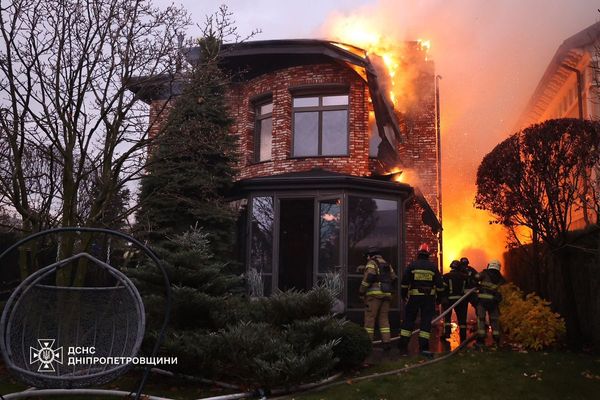
The 2022 campaign has become a game of “spot the election comparison”. Is it like 2019, when Scott Morrison ran down a Labor lead? Is it like 2007 or 1996, when a mood for change swept the nation and threw longstanding governments out the door? Or is it like 2010 or 2016 when troubled, divided governments clung to minority status?
Today’s offering in the “which election was that?” game was Morrison declaring that he would change his style and political personality after the election, after blaming the pandemic for the personality flaws that, it is painfully clear, the Liberal Party’s campaign focus groups must be showing are top of mind for voters.
Asked about his poor relationship with voters today, Morrison offered a departure from the previous “I’m like a dentist, you may not like me but you need me” rhetoric. Instead, we got:
You know, over the last three years and particularly the last two what Australians have needed from me going through this pandemic has been strength and resilience. Now, I admit that hasn’t enabled Australians to see a lot of other gears in the way I work. And I know Australians know that I can be a bit of a bulldozer when it comes to issues and I suspect you guys know that too … that doesn’t mean — because as we go into this next period on the other side of this election, I know there are things that are going to have to change with the way I do things.
Which immediately brings to mind Julia Gillard’s “real Julia” from the 2010 campaign. After Kevin Rudd blew up that campaign by leaking against Gillard, ending her thumping poll lead over Tony Abbott, Gillard’s campaign team looked for ways to reset, and settled on an interview with then-Fairfax journalists promising that voters would now see “the real Julia”.
The immediate problem, apparently unanticipated by Labor, was the question “real Julia” prompted — had she been “fake Julia” all this time, and had only decided to unmask herself because she was worried she was going to lose the election? It went down like a lead zeppelin in a campaign that left neither side with a majority. “Real Julia” was never mentioned by Labor again — but the Liberals sure didn’t forget it.
Morrison, at least, isn’t offering “real ScoMo”. He’s saying the real ScoMo is obviously a problem and instead voters will get “New, Improved ScoMo”. A “kinder, gentler ScoMo”, perhaps. But only after the election — presumably until next Saturday we’ll get the business-as-usual, aggressive, dog-whistling, divisive, lying ScoMo.
What’s fascinating about the change of tack is that it comes so late in the campaign, and comes many months after it became apparent that female voters have a major problem with Morrison. Has the diagnosis within the Liberal campaign team changed, and they’ve only now woken up to the threat Morrison himself poses to the reelection of the government? Did Wednesday night’s debate, apparently won convincingly by Anthony Albanese among undecided voters, prompt a rethink about why Morrison is alienating so many voters? Or is this merely a different solution to a problem they’ve known for a long time, but decided to address via the “you may not like me but you respect me” line?
We may find out after the election. The tradition in Australian politics is that, after the election, the respective campaign directors address the National Press Club about their campaigns and what worked and what didn’t. The timing of “new ScoMo” will undoubtedly be a question directed at Liberal director Andrew Hirst — who masterminded the surprise 2019 win and, who knows, might yet pull off another miracle with “new ScoMo”.
But as with “real Julia”, you can bet the opposition will have a field day with it. Especially the bulldozer bit — it didn’t take Albanese very long to home in on that. “A bulldozer wrecks things. A bulldozer knocks things over. I’m a builder,” he said when asked about Morrison’s statement. And then the kicker: “The prime minister is putting his hand up and saying, ‘I’ll change.’ Well, if you want change, change the government on 21 May.”







